In Part 6 of our Health and Well Being of the Chicken Flock series was about the conditions that affected a chicken’s respiration system.
In Part 7 it is all about the chicken’s eyes and what conditions and or illnesses may affect their eyes. The signs and symptoms of an infection and any treatment they may be available to the condition.
If you are a first-time flock owner, looking to become one or even a seasoned one have a read at some of our articles. There is something of benefit for everyone on our site.
CONDITIONS THAT AFFECT A CHICKENS EYES
Blindness

Blindness can occur upon hatching there has even been cases where chicks are born without eyes. Mostly chicken goes blind due to age, injury or from a disease.
As with any animal, including us humans, blindness has its challenges but that does not mean the chicken cannot still live a healthy happy life.
Just because a chicken has a disability it does not mean it should just be discarded or culled. Many of these birds that have been kept and cared for creating even more of a special bond with their humans.
Signs and Symptoms:
Not wanting to be active
Bumping into things
Clumsiness
They will look like they are pecking at the air
Their pupils will look like they are enlarged
They may have irregularly shaped pupils
Discoloration of the eye
Cloudy eyes
They may look a little drunk and uncertain of where to go or where they are
Treatment:
This is more supportive care for the chicken
Their weight should be controlled
Try not to let them free-range as they are easy prey
Watch the rest of the flock with the chicken
Watch that they are not having trouble getting their food or water
Cataracts
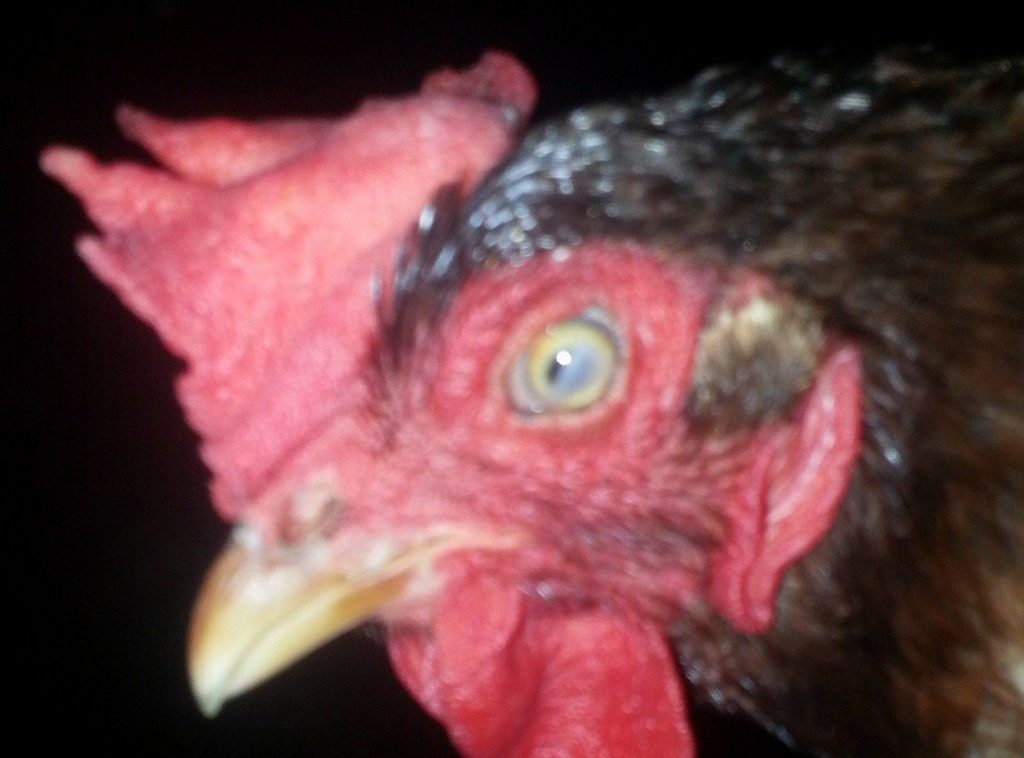
Cataracts look like a cloudy film covering the chicken’s eye or eyes. Normally a chicken has very bright eyes. While when cataracts are present the eye lens will be partially or completely covered over by a film.
There are a few causes of cataracts in a chicken some of them being:
Diseases such as Marek’s disease and avian encephalomyelitis
or a bad diet where they may be lacking in certain nutrients such as omega 3 fatty acids and sufficient anti-oxidants.
There could be a problem with their environment in that they are continuously exposed to bright light.
Exposure to ammonia may also cause cataracts
There is also genetics some chicken breeds are more prone to cataracts than others. Like the dark and light Brahma chicken breed for instance.
Signs and Symptoms:
Sensitive to light/direct light
They may lose weight
Pupils will be white
Eyes will look cloudy
Cloudy film over the lens of the eye
Treatment:
There is not much that can be done for cataracts in a chicken and they will inevitably end in blindness.
See Blindness for help with the supportive care of cataracts.
Consult with the vet to find out if anything else can be done for the chicken.
Conjunctivitis
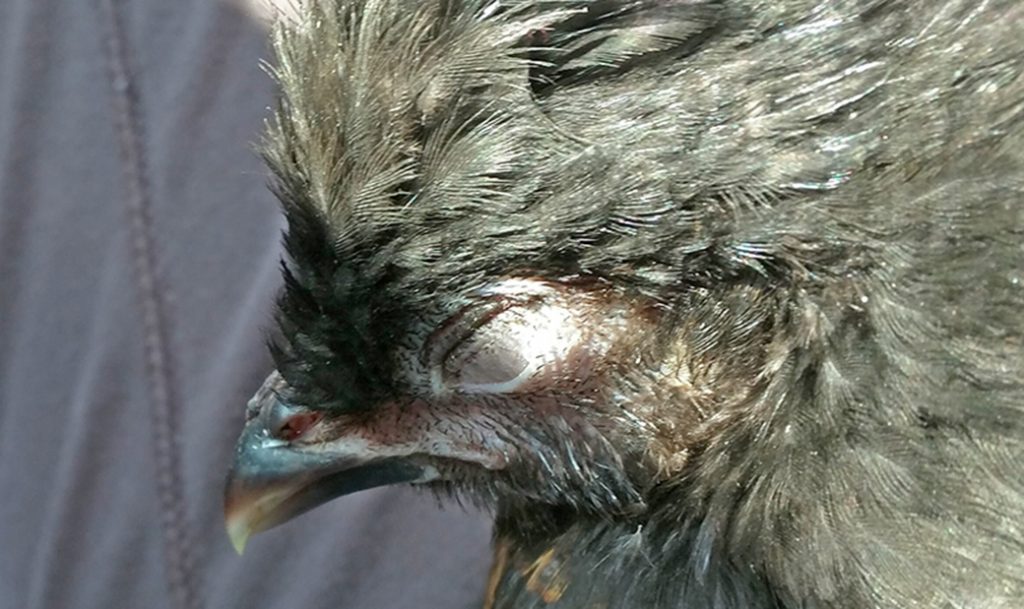
This is also known as pink eye or dry eye and is the inflammation of the conjunctiva or inner eyelid membrane. The conjunctiva also extends to that little fleshy spot in the corner of the eye.
Conjunctivitis sometimes occurs in only one eye but can affect both eyes at the same time.
Clinically there are three groupings of Conjunctivitis which are:
Systemic conjunctivitis
This is caused by a systemic infection or septicemia
Localized conjunctivitis
This is caused by the infection of a pathogen such as fungi, parasite, virus or bacteria. It can also be caused by various foreign bodies like dust, bits of feather particles, etc. Usually, when both eyes are infected it is because of a foreign body in the chicken’s eye.
Secondary conjunctivitis
This is usually onset by another disease such as sinusitis or chronic rhinitis.
Conjunctivitis is spread usually by a disease or by foreign bodies in the eye. Some of the diseases that can cause conjunctivitis to include:
Oxyspiruriasis
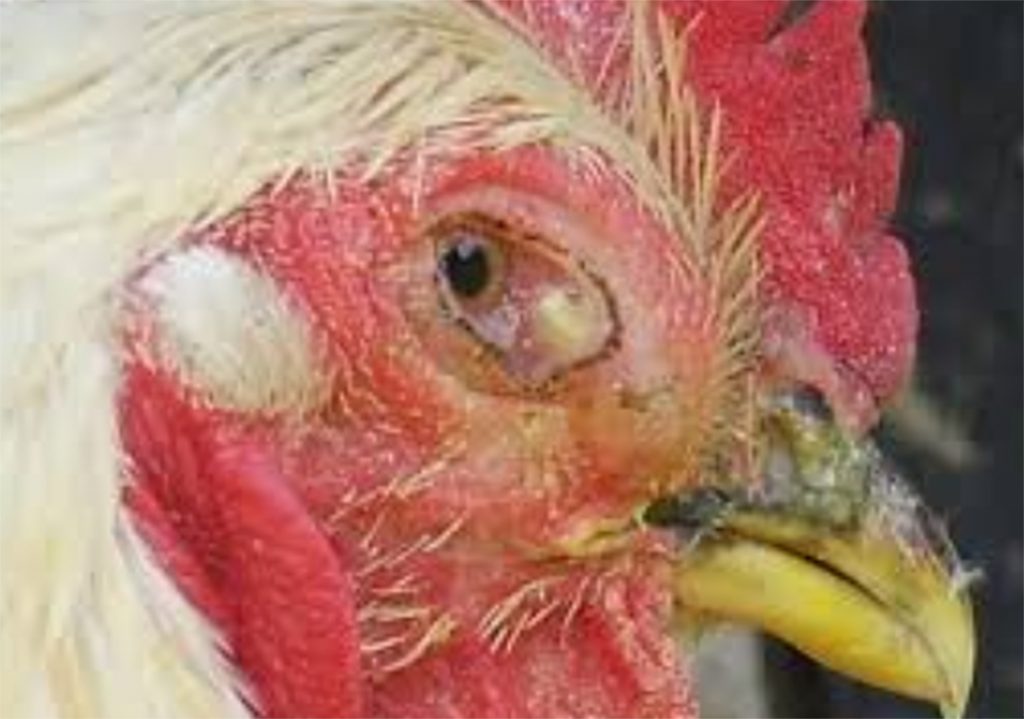
This is an infection by a worm called Oxyspiruriasis or more commonly known as an eyeworm. This worm lays its eggs in the chicken’s eye. They also tend to land up in the chicken’s tear duct. This worm passes through the chicken’s system and into their feces where other chickens can contract it.
It is quite a nasty parasite that will have the chicken scratching like crazy at their eye. The danger here is that the chicken can scratch their eye quite badly. The best treatment is to isolate the chicken and contact your vet for advice and a treatment regime. As with other parasites, all the other chickens should be thoroughly inspected.
ILT

ILT is caused by the Laryngotracheitis virus and causes acute upper respiratory disease for the chicken. This virus can spread really quickly through a flock but can also be vaccinated against. Please read Part 12 of this series for more information. Part 6 of this series discusses Respiratory diseases that affect the chicken.
Infectious Coryza
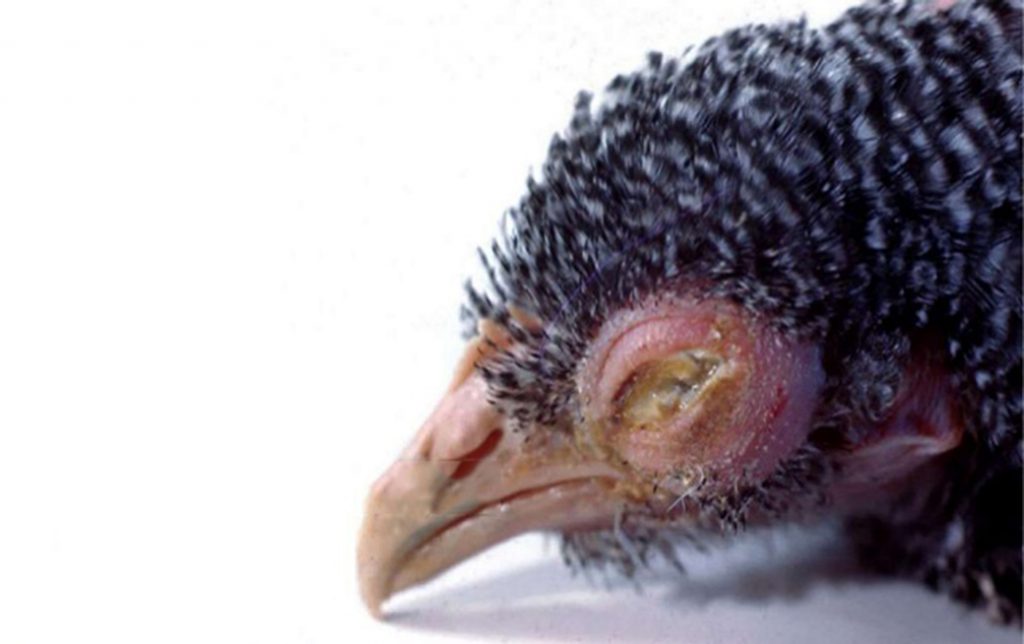
This upper respiratory disease is usually exposed to the flock by the introduction of new chickens that have not been vaccinated or screened correctly. Read Part 12 of this series for more information on this disease.
Aspergillosis
Is a fungus that presents itself as acute aspergillosis which they call brooder pneumonia which affects young chicks and has a high mortality rate. The other acute version affects older chickens.
It usually occurs in poor ventilated and dusty environment that has a lot of molds around. Read Part 12 of this series for more information on this disease.
Avian Chlamydiosis
This is what they call a zoonotic disease that affects chickens with bacteria from the Chlamydia genus of the bacterium. The signs that a chicken has been infected with this bacterium apart from the conjunctivitis are:
Nasal discharge
Eye discharge
Diarrhea
Weight loss
Lethargy
Hyperthermia
They will seem dull
Dyspnoea (labored breathing)
Ammonia Toxicity
This is an eye irritation and or eye inflammation that is the direct result of prolonged exposure to a high amount of ammonia. Anything over 25 ppm of ammonia is very toxic to chickens. If you are cleaning out their house with this, you should be aware of the dangers of it. There are some really good products on the market that are just as effective but a lot less toxic to chickens.
If you are using ammonia, make sure the pen is completely flushed out and there is extremely good ventilation.
Avian Influenza
This is a reportable disease that is both severe for chickens and can affect humans as well. It is an infection of the type A influenza virus it is highly contagious and has a very high mortality rate. Read Part 12 of this series about Diseases that affect chickens for more information on the disease.
Swollen Head Syndrome
SHS is a disease that affects the chicken’s upper respiratory systems. It is an acute condition and is highly contagious. This condition is caused by the metapneumovirus or AMPV. You can read about this condition in Part 6 of this series on diseases that affect the chicken’s respiratory systems.
Signs and Symptoms:
Eyelids may be crusted over
Weeping eyes
They will frequently rub their eyes
Their feather beneath their eyes may get matted
Inflamed and red conjunctiva
Treatment:
The bird must be separated from the flock and isolated in the medical coop
The vet should be called
The vet will usually give antibiotics
Clean the eye with a warm, damp cloth
There are various drops and sprays that can be used but it is best to get advice from the vet before proceeding as you want to limit damage to their eye(s)
END OF PART 7
This is the end of Part 7 of our “Health and Wellbeing of the chicken Flock” series.
In Part 8 we will look at possible conditions that can affect a chicken’s vent.
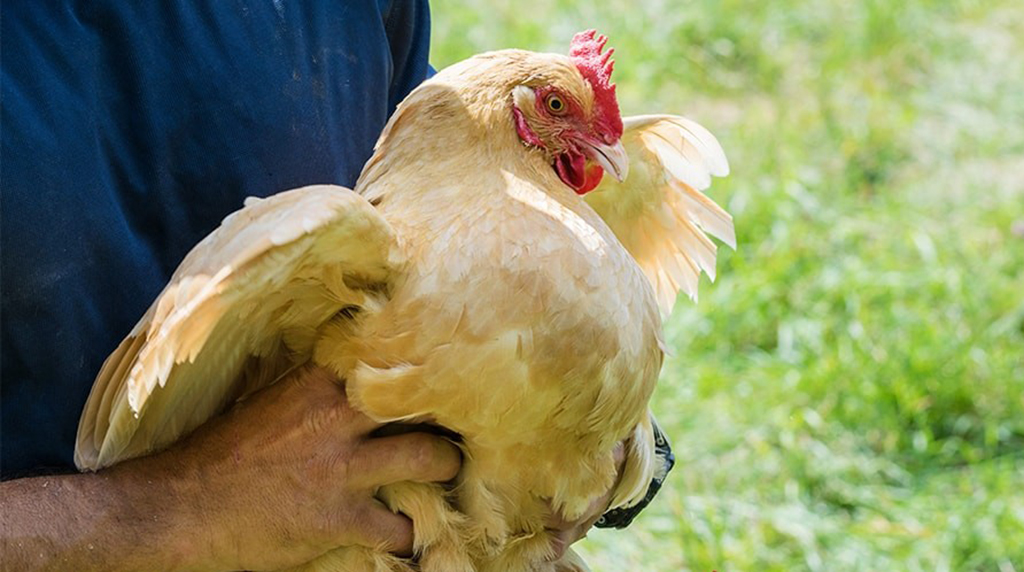 Why Deworming Chickens is Important?
Why Deworming Chickens is Important? Conditions that can affect a Chicken Respiratory System
Conditions that can affect a Chicken Respiratory System Chicken Vaccinations and why they are Important to a Flock
Chicken Vaccinations and why they are Important to a Flock CONDITIONS THAT AFFECT THE A CHICKENS FEATHERS
CONDITIONS THAT AFFECT THE A CHICKENS FEATHERS CONDITIONS THAT AFFECTS A CHICKENS LEGS, TOES AND CLAWS
CONDITIONS THAT AFFECTS A CHICKENS LEGS, TOES AND CLAWS